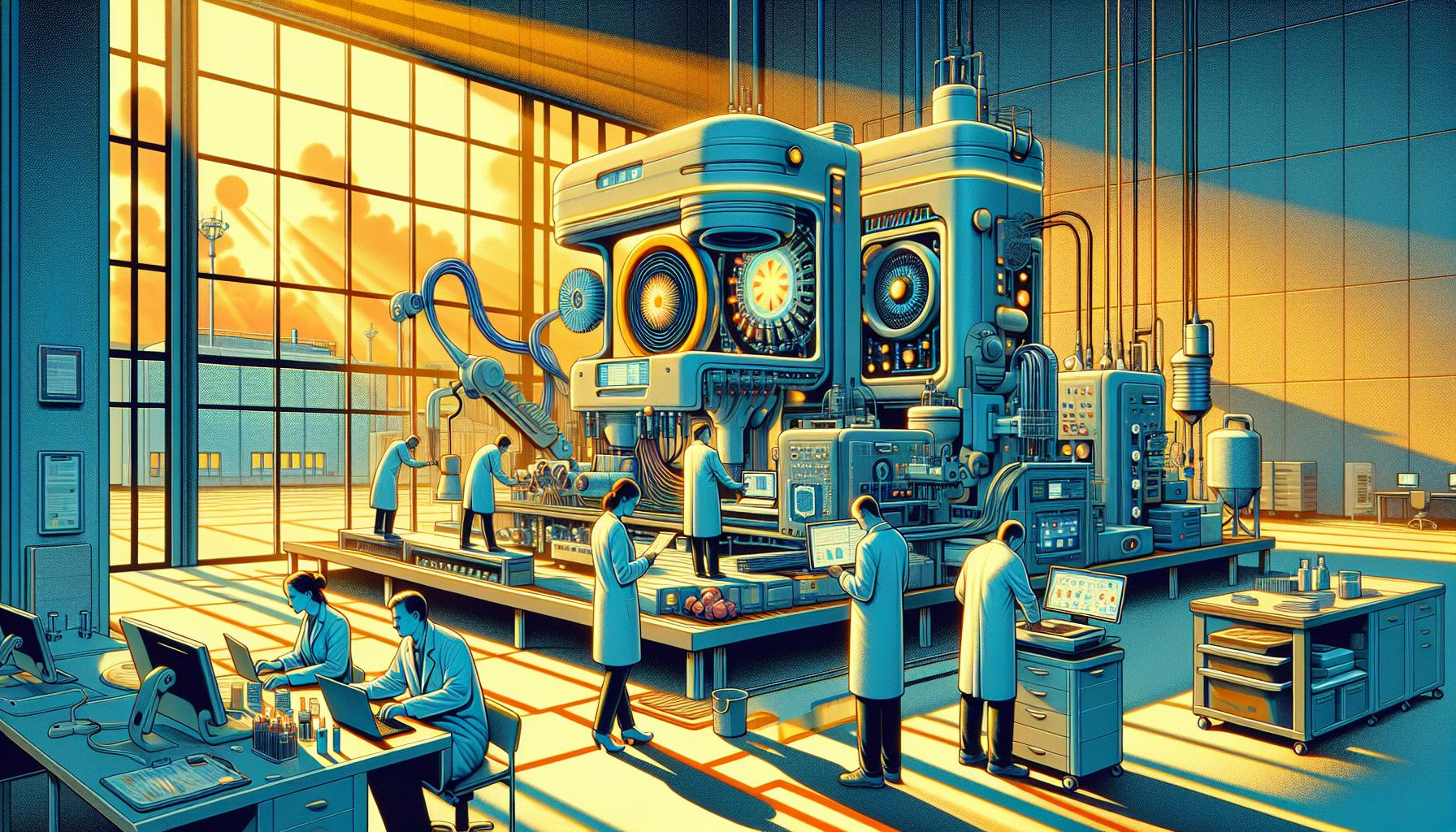biosensing from the netherlands transforming healthcare

Dutch researchers and start-ups are advancing biosensing technologies to enhance early disease detection, including cancer, aiming to improve diagnostics and personalize treatments.
Innovations in Biosensing Technology
Biosensing technology, developed in the Netherlands, leverages the ability to detect and measure biological information with unprecedented precision. By enabling the detection of multiple biomolecules at once, these innovations stand to revolutionize healthcare. The Dutch ecosystem, rich in research institutes and innovative start-ups, is at the forefront of this technological wave, aiming to make diagnostics faster, more accurate, and less invasive.
Key Players and Their Contributions
Delta Diagnostics, a spin-off from TNO (the Netherlands Organization for Applied Scientific Research), has secured €5.25 million in funding to develop highly-sensitive, label-free biosensing instruments. These instruments are designed to accelerate scientific research by providing faster and more detailed biological insights. Meanwhile, researchers at TU Delft are working on DNA origami nanopores for targeted drug delivery and improved biosensing, aiming to detect even single DNA molecules, which could be a breakthrough for medical diagnostics.
Early Cancer Detection
Eindhoven-based Scinvivo is another key player in this field, focusing on endoscopic imaging technologies for early cancer detection. Scinvivo has raised €4.7 million to develop imaging catheters based on optical coherence tomography (OCT), which provide high-resolution cross-sectional tissue images. These advancements aim to make cancer diagnostics faster and more accurate, reducing the need for unnecessary surgeries and improving patients’ quality of life.
Microfluidic Chips and Sensors
Micronit, based in Enschede, has become a global player in the market for microfluidic chips and sensors. These technologies are crucial for healthcare diagnostics, including applications in cancer and COVID-19 research. Micronit’s innovations have enabled precise and reliable diagnostic tools that are now used in hospitals and laboratories worldwide.
How Biosensing Works
Biosensing works by detecting specific biological molecules, often using highly sensitive instruments that can measure changes in electrical, optical, or mechanical signals. For instance, Scinvivo’s OCT-based imaging catheters use light waves to produce detailed images of tissues, which helps in identifying abnormal cells early. Delta Diagnostics’ instruments, on the other hand, employ label-free techniques, meaning they do not require any additional markers or dyes to detect biological interactions, thus speeding up the diagnostic process.
Benefits of Biosensing Innovations
The primary benefit of these biosensing technologies is their potential to transform healthcare by providing early and accurate disease detection. Early detection is particularly crucial in diseases like cancer, where timely intervention can significantly improve survival rates. Additionally, these technologies facilitate personalized treatment plans by offering detailed insights into a patient’s specific condition, thus optimizing treatment efficacy and minimizing side effects. The non-invasive nature of many biosensing methods also enhances patient comfort and compliance.
Looking Ahead
The future of biosensing looks promising, with continued advancements expected to further refine these technologies. As research and development efforts persist, we can anticipate even more precise, faster, and cost-effective diagnostic solutions emerging from the Netherlands. These innovations are poised to set new benchmarks in healthcare, making significant strides in early disease detection and personalized treatment.

